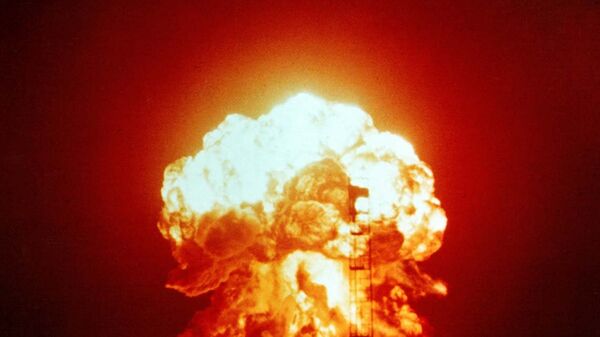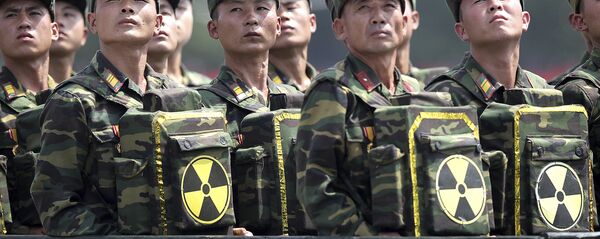Initial estimates released by intelligence officials from around the world placed nuclear yield figures of the September 2017 detonation between 30 and 300 kilotons. The new findings, however, suggest that the yield was between 148 and 328 kilotons, likely being around 250 kilotons.
The study further noted that the 2017 test was also an order of magnitude more powerful than any of the previous tests carried out by the Democratic People's Republic of Korea, which marks a sudden increase in the country's nuclear capabilities.
"From 2006 to 2016 North Korea steadily increased the size of the events, from somewhere around 1 kiloton up to around 20 kilotons. The very early events looked like they didn't work very well, because they were unusually small," Thorne Lay, a seismologist at the University of California and author of the study, said in a statement.
"And then in one year they jumped up to 250-ish kilotons… The scary thing is that this was such a big device."
Researchers used sound-wave data recorded during the blast along with information about the country's past tests and, of course, the region's geology in order to create a model that would help show just how much of an effect such a nuclear device would have. "Seismological monitoring is the primary method for remotely detecting, locating, identifying, and estimating explosion yields of underground nuclear tests," the study explains.
And yet the revised figures of North Korea's 2017 test shouldn't be too surprising, considering that it went on to trigger a 6.3 magnitude earthquake, according to the US Geological Survey. The test also reportedly caused the collapse of one of the three testing chambers used at the Punggye-ri Nuclear Test Site beneath Mount Mantap.
Steven Gibbons, a geophysicist with the Norwegian Seismic Array (NORSAR), said in a statement to the American Geophysical Union that the study's conclusions proves just how well North Korea has been able to advance its nuclear technology.
"In 2006, when there was this little rumble, many people were quite dismissive that North Korea had the technology to do this properly, but I think from the progression we've seen with the increases of yield, it's been a very well-executed weapons development program," Gibbons said. "When you got to 2017, there's no question that this is an incredibly destructive weapon. Even at the lower end of this uncertain yield, it's a horrific weapon."
According to Defense One, a 250-kiloton nuclear bomb detonated over Washington, DC, would obliterate every residential structure in the area, inflicting third-degree burns on individuals within a three-mile radius of the blast.

North Korea has carried out a total of six nuclear tests, with the most recent taking place in September 2017. In October 2017, North Korean leader Kim Jong Un remarked during a speech that the country's nuclear program was a "treasured sword" against the "protracted nuclear threats of the US imperialists," Sputnik previously reported.




